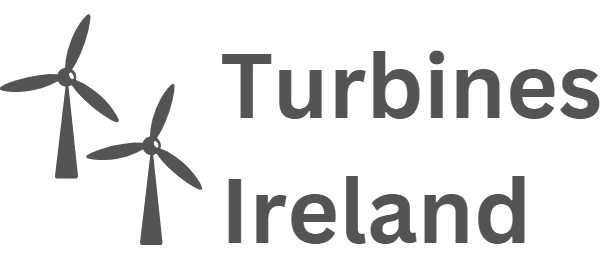
Introduction
Wind power has proven to be an effective and sustainable energy solution, and vertical turbines are gaining popularity as an alternative to traditional horizontal ones. Vertical turbines offer several advantages, such as better scalability, improved safety, and reduced noise pollution. In this guide, we will explore the concept of vertical turbines and how they can facilitate collaborative community power projects.
What are Vertical Turbines?
Vertical turbines are wind turbines with vertically-oriented axis rotation. Unlike horizontal turbines that rely on wind coming from a specific direction, vertical turbines can capture wind from any direction, making them more adaptable to various locations and layouts. They consist of a rotor assembly that converts wind energy into rotational motion and a generator that produces electricity.
The Benefits of Vertical Turbines for Community Power
Community power projects involving vertical turbines offer numerous benefits:
- Scalability: Vertical turbines are available in a range of sizes, allowing communities to choose the scale that fits their energy needs. They can be installed in urban and rural areas, on buildings or open land.
- Safety: Vertical turbines are considered safer than their horizontal counterparts. Their low rotational speed and compact design make them less prone to accidents and easier to maintain.
- Noise Reduction: Vertical turbines generate less noise compared to horizontal ones, making them more suitable for urban areas where noise pollution is a concern.
- Visibility: Vertical turbines have a smaller visual impact than horizontal turbines, making them more visually appealing and easier to integrate into the community’s landscape.
Collaborative Community Power Projects
Collaborative community power projects allow residents and local organizations to jointly invest in and benefit from renewable energy sources. Here’s how you can initiate a successful project with vertical turbines:
1. Identify Potential Sites
Start by identifying suitable locations for vertical turbine installation. Look for areas with consistent wind patterns and available open spaces, such as community-owned land, rooftops, or brownfield sites. Assess any necessary permits or regulations required for turbine installation in your region.
2. Engage the Community
Involve the community from the beginning to gain support and ensure the project aligns with their needs and interests. Organize town hall meetings, public consultations, and educational sessions to share information about the benefits of community power and vertical turbines.
3. Form a Collaborative Group
Establish a group of stakeholders, including community members, local businesses, and experts in renewable energy, to collaborate on the project. Assign roles and responsibilities to ensure efficient progress and effective decision-making.
4. Secure Financing
Explore funding options for your project, such as grants, loans, and crowdfunding. Research government programs supporting community power initiatives and reach out to financial institutions or local organizations that promote renewable energy projects.
5. Conduct Feasibility Studies
Conduct thorough feasibility studies to assess the technical and economic viability of your project. Evaluate wind resources, grid integration possibilities, and potential energy outputs. Collaborate with renewable energy experts to ensure accurate assessments.
6. Procure and Install Vertical Turbines
Select reliable vertical turbine manufacturers or suppliers who can provide the necessary equipment. Consider factors such as turbine efficiency, maintenance requirements, and warranties. Work with qualified professionals to install the turbines safely and efficiently.
7. Monitor and Maintain
Regularly monitor the performance of your vertical turbines and conduct required maintenance to ensure optimal efficiency. Create a maintenance schedule and establish protocols for troubleshooting and repairs. Engage local technicians and community members in these activities where possible.
8. Celebrate and Share the Success
Once your collaborative community power project with vertical turbines is up and running, celebrate your achievements! Share the benefits and results with the community through newsletters, social media, and local events. Encourage others to replicate your success in nearby communities.
Conclusion
Vertical turbines are a promising option for collaborative community power projects. Their versatility, safety features, and aesthetic appeal make them an attractive choice. By engaging the community and following the steps outlined in this guide, you can successfully harness wind energy for the benefit of your community, the environment, and future generations.
